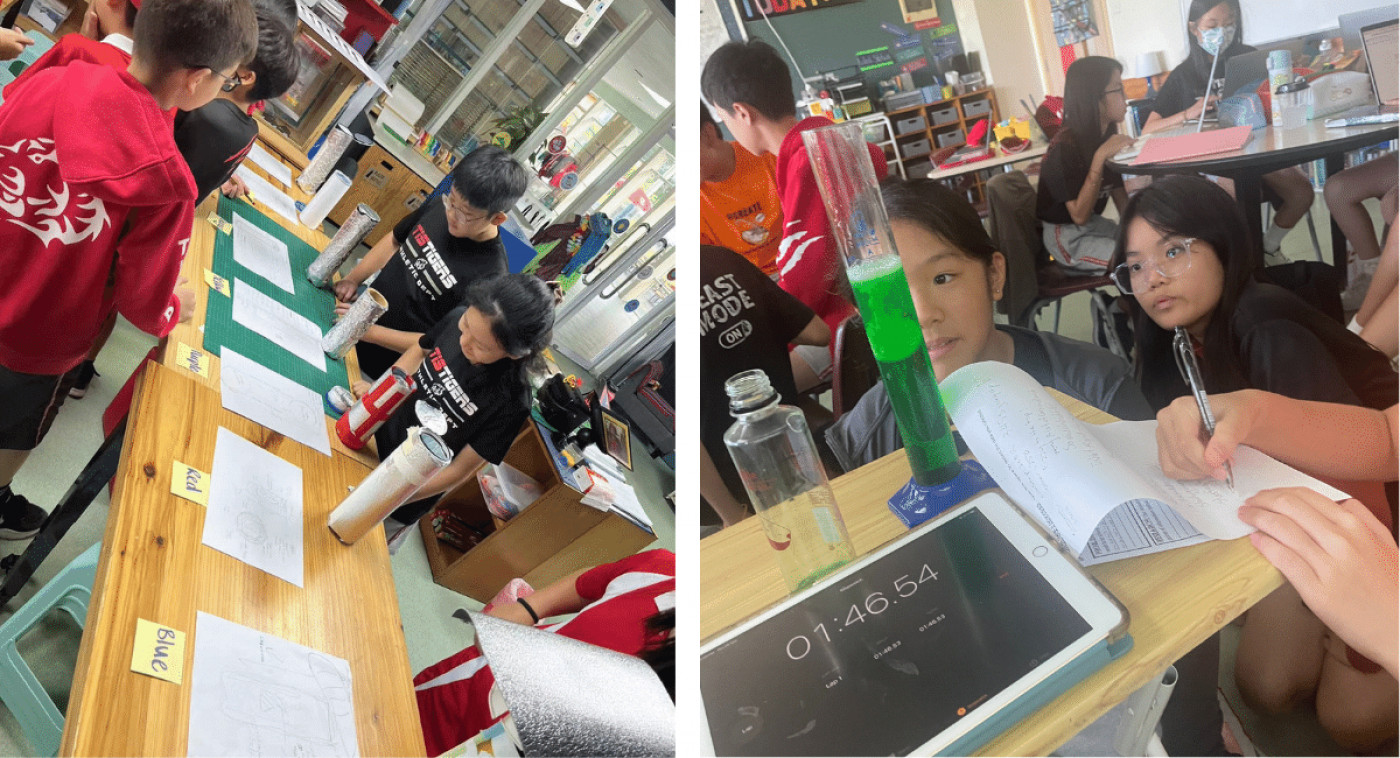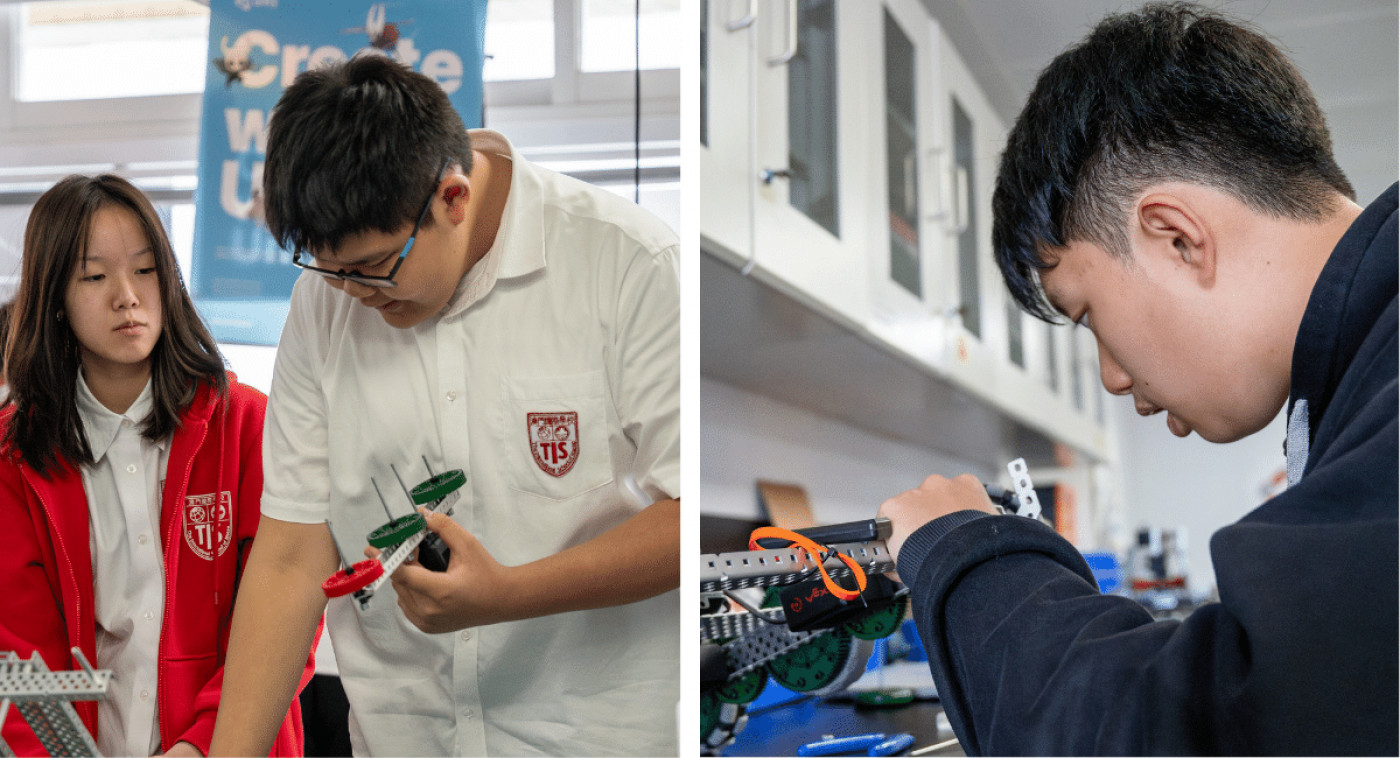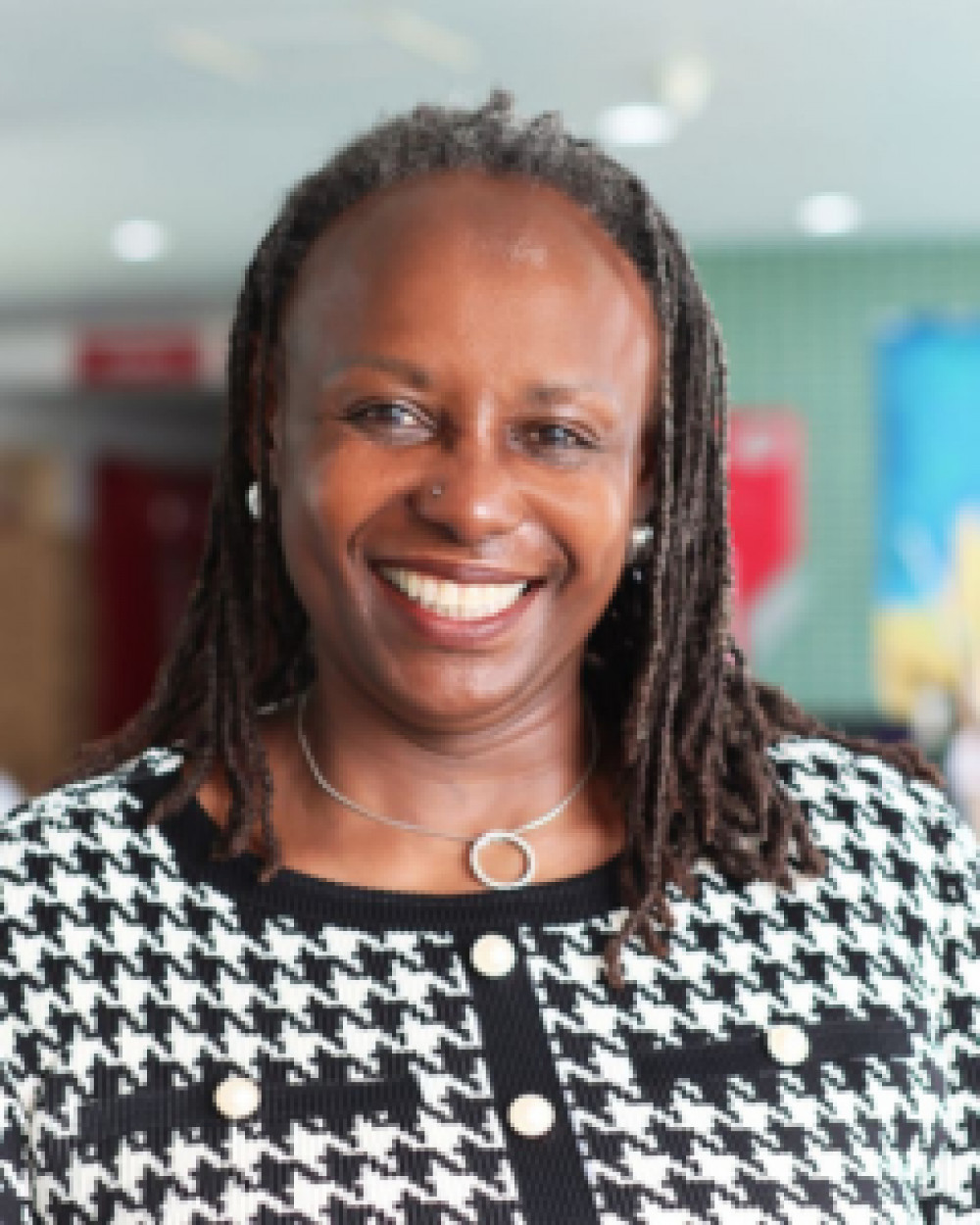
Empowering Students with Computational Thinking
The other day, I was casually scrolling through LinkedIn when I stumbled upon an article that caught my attention. It showcased the top 20 skills that will be in demand by 2027, as predicted by the World Economic Forum's The Future of Jobs Report 2023. Some skills stood out, like creativity, analytical and systems thinking. It got me pondering how we can, as teachers, ensure that we future-proof student learning?
Rachael Whitney-Smith is a mathematics curriculum specialist in Australia, and she was discussing how to realign the mathematics curriculum to access the latest research, in which computational thinking is one of them. Whitney-Smith (2023) stated that as we move further into the digital age, the acquisition of digital literacy (DL) and computational thinking (CT) skills is emerging internationally as an essential goal for students in contemporary school curricula.

Furthermore, as the world becomes more uncertain and volatile due to the impacts of artificial intelligence (AI), international unrest, climate change, global economic instability, and unforeseen catastrophes such as the Coronavirus (COVID-19) pandemic, it is necessary to review, revise, and refine school education curricula, policies, and embedded computational thinking into all contents, (Whitney-Smith, 2023). Whitney-Smith (2023) indicated that there is the eminence of computational thinking and digital literacy skills across many industry sectors, which has prompted recent changes to international assessment frameworks such as the Programme for International Student Assessment (PISA) and the trends in International Mathematics and Science Study (TIMSS), (Whitney-Smith, 2023).
What is computational thinking?
Computational thinking is a problem-solving approach that breaks down complex problems into manageable components, devises systematic strategies to solve them, and applies logical and analytical reasoning to reach solutions. It is a resourceful frame of reference used across various subject areas, rooted in the principles of computer science.

Why is Computational thinking critical in education? There are four significant reasons why Computational thinking is essential.
Computational thinkers are problem-solvers:
They can decompose a complex problem or system into smaller, more manageable parts.
They recognize patterns in problem situations – looking for similarities among and within problems.
They can abstract – focusing on the crucial information, ignoring irrelevant details.
They can do algorithms – developing a step-by-step solution to the problem or the rules to follow to solve the problem.
Computational thinking is research-based, tested, and proven to increase students' critical thinking and problem-solving abilities.
Computational thinkers leap from consumers to creators.
Computational thinkers are innovators:
An inventor creates something new, but an innovator takes a great idea and enhances it or applies it to new purposes.
Prajuabwan & Worapun (2023) studies results showed that STEM-based activities had a significant effect on students' learning achievement and computational thinking skills; and more so that the students expressed high satisfaction with the STEM-based activities, which provided an engaging and relevant learning experience. Teaching and learning in the 21st century should equip students with critical and creative thinking skills to be ready to live and contribute productively to society. One suitable learning approach is integrating STEAM education and computational thinking—the STEAM-CT approach, in which The International School of Macau diligently works to reach each student in this sector. Our teachers are increasingly developing ways to incorporate Instructional activities in the Idea, Innovation, and Robotics labs into their curriculum.

Sources:
Prajuabwan, P., & Worapun, W. (2023). The Use of STEM-Based Learning Activities to Promote Computational Thinking of Grade 5 Students. Journal of Education and Learning, 12(4).
Whitney-Smith, R. M. (2023). The emergence of computational thinking in national mathematics curricula: An Australian example. Journal of Pedagogical Research, 7(2).
AUTHOR BIOS

Ryan Connolly
HIGH SCHOOL VICE-PRINCIPAL
Ryan Connolly is an experienced and dedicated educator, holding an undergraduate degree in B.Sc Mathematics from Carleton University in Ottawa, along with a Bachelor's in Education from Ottawa University. Ryan worked in various school settings across London, England for seven years. During this period, his dedication to education and commitment to student success grew exponentially. Before arriving at TIS, he worked in the beautiful Bahamas at an IB continuum school for 7 years. For further information about Ryan, please click here.

Dr. Sarah Ogiamien
MIDDLE SCHOOL VICE-PRINCIPAL
During my 25-year career as an educator, I have facilitated professional learning experiences at a district level as a teacher, and been involved in project-based learning (PBL) assignments at a country level as a numeracy coach. I have served as a Teacher (Grade 7-12) and Assistant Principal in the United States, an Instructional - Numeracy Coach - in Brunei Darussalam, and an IB and IGCSE teacher in Hong Kong. For further information about Sarah, please click here.



